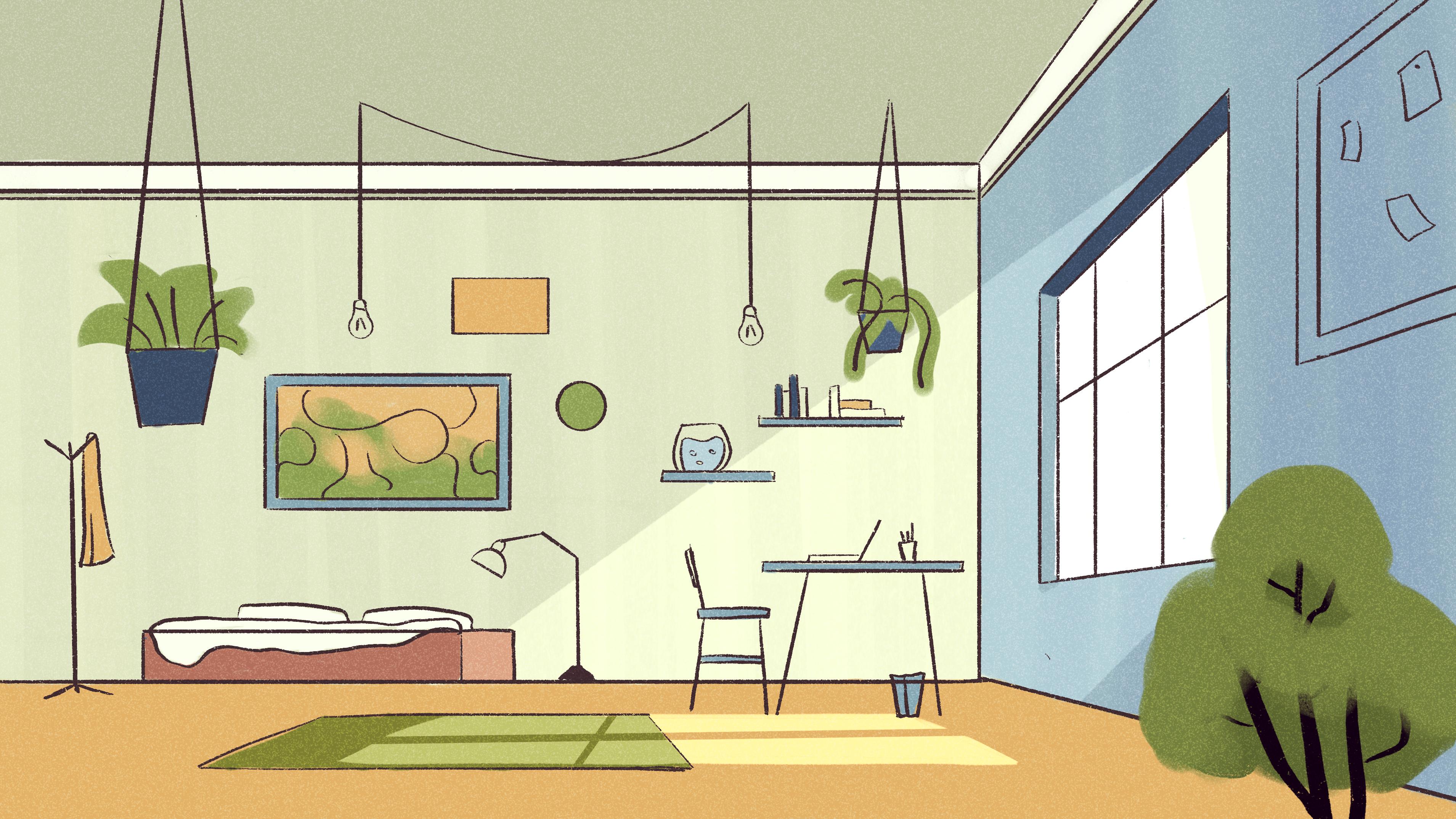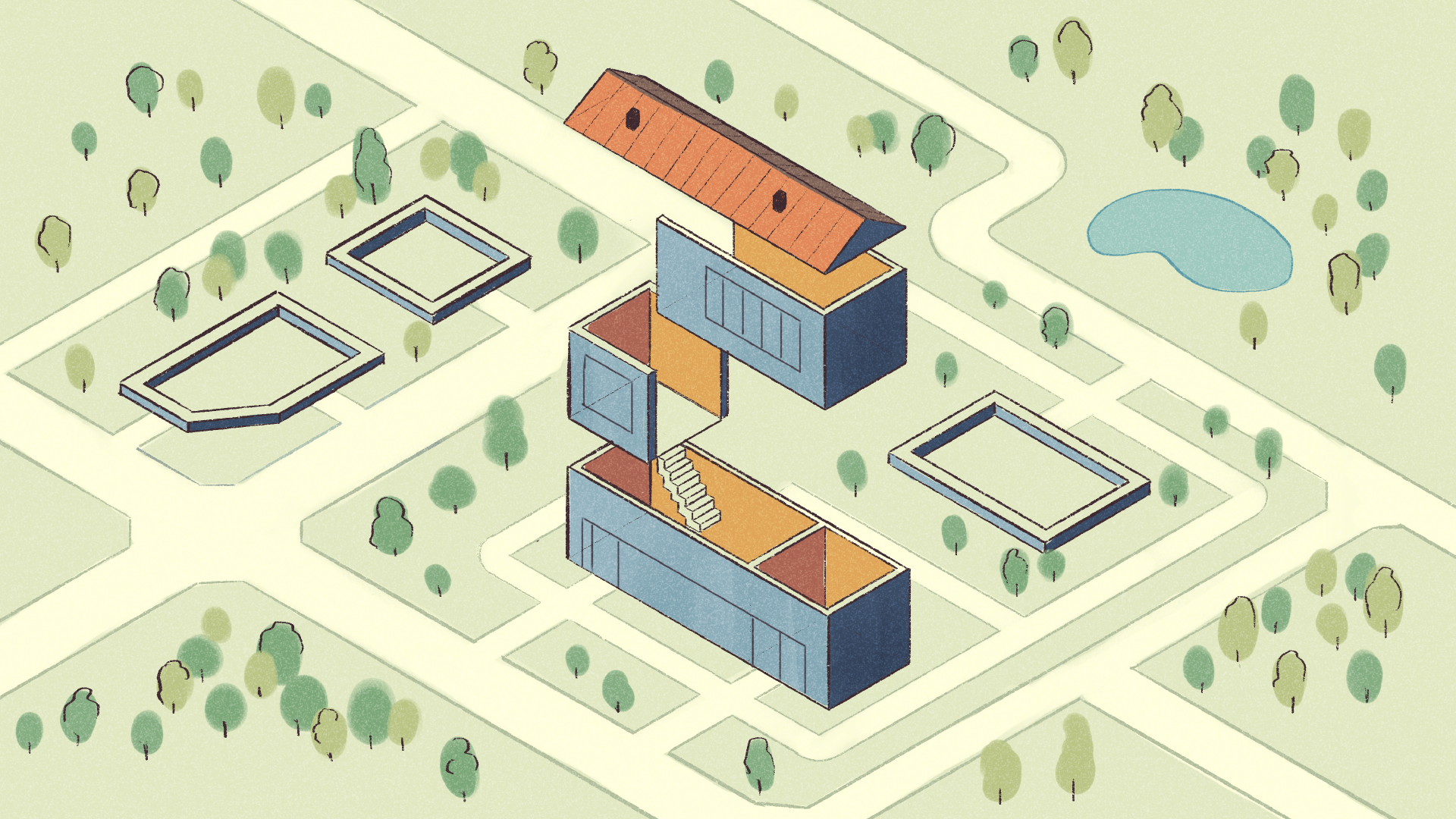Today we shall delve into the profound influence of animation on architectural visualization, elucidating its transformative capabilities in revitalizing static designs and empowering architects and designers to manifest their visions in an immersive and captivating manner. So, prepare to engage your intellect and embark with us on an illuminating exploration where the realms of creativity seamlessly merge with the frontiers of innovation.
What is Architectural Visualization?
Architectural visualization refers to the process of creating visual representations of architectural designs, concepts, and spaces. It involves using various techniques and tools to transform architectural plans, drawings, or 3D models into visually compelling images, animations, or virtual reality experiences.
Architectural visualization serves multiple purposes, including communication, design exploration, marketing, and decision-making. It allows architects, designers, clients, and stakeholders to better understand and visualize architectural projects before they are constructed.
Methods Used in Architectural Visualization
2D Renderings
Traditional 2D renderings involve creating static images from architectural plans or drawings. These images are typically created using computer software and can be realistic or stylized, showcasing the overall design, materials, lighting, and spatial qualities of the project.
3D Modeling
3D modeling is the process of creating digital three-dimensional representations of architectural designs. This technique allows for a more comprehensive understanding of the space and enables the exploration of different angles, perspectives, and viewpoints. 3D models can be used as the basis for further visualization techniques such as renderings, animations, and virtual reality experiences.
Renderings
Renderings are highly detailed, photorealistic images that showcase architectural design in a visually appealing and realistic manner. They can convey the lighting, textures, materials, and ambiance of the space, providing an immersive experience and enabling stakeholders to visualize the project as if it were already built.
Animations
Animations bring architectural designs to life by adding movement, camera angles, and dynamic elements. These can range from simple fly-throughs or walkthroughs of the space to more complex narratives that tell a story or demonstrate specific features or functionalities.
Animations allow viewers to experience the architectural project from different perspectives and gain a better understanding of its spatial qualities.

Virtual Reality
Virtual reality technology provides an immersive experience that allows users to virtually “walk” through architectural spaces. By wearing a VR headset, viewers can explore the design in a realistic and interactive manner, experiencing the scale, proportions, and spatial relationships firsthand. VR is particularly valuable for clients and stakeholders as it enables them to make more informed decisions based on a realistic sense of the space.
Architectural visualization plays a crucial role in the architectural design and construction industries. It helps architects and designers communicate their ideas effectively, allows clients and stakeholders to visualize and understand the proposed projects, and aids in the decision-making process.
Through realistic and engaging visualizations, architectural visualization breathes life into designs, enabling the creation of inspiring and functional spaces.
The Incredible Impact of Animation on Architectural Visualization
1. Opening Up New Dimensions
Architecture is no longer confined to blueprints and static images. With animation, architects can transform their designs into captivating stories that unfold before our eyes. By infusing movement, depth, and emotion into their creations, animation adds an enchanting dynamic to architectural visualization. Whether it’s a captivating walkthrough of a stunning residential complex or a mesmerizing virtual tour of a futuristic cityscape, animation takes architectural visualization to new heights.
2. Unleashing the Power of Storytelling
Animation allows architects to become masterful storytellers, transcending the boundaries of traditional design presentations. By choreographing camera movements, incorporating realistic lighting, and introducing human elements, architects can evoke emotions and forge a deep connection between the audience and the architectural space. Animation enables architects to transform their designs into immersive narratives where buildings come alive and capture the imagination of viewers.
3. Enhancing Understanding and Collaboration
One of the greatest benefits of animation in architectural visualization is its ability to bridge the gap between architects, clients, and stakeholders. While static images can sometimes fall short in conveying the true essence of a design, animation brings clarity and understanding. Clients can experience the flow of spaces, visualize the interplay of light and shadow, and make more informed decisions. Collaboration becomes more seamless as everyone shares a common vision, thanks to the power of animation to communicate ideas effectively.
4. Pushing Boundaries of Creativity
The animation opens up a realm of infinite creative possibilities in architectural visualization. It allows architects to experiment with unconventional designs, explore different materials, and showcase dynamic interactions within a space. From fluid movements to abstract representations, animation empowers architects to push the boundaries of creativity and challenge traditional norms. By harnessing animation techniques, architects can turn their wildest dreams into mesmerizing realities.
5. Real-Time Visualization and Virtual Reality
Advancements in technology have revolutionized architectural animation, introducing real-time visualization and immersive experiences through virtual reality (VR). Architects can now step into their designs, virtually wander through spaces, and make real-time modifications. VR has become a powerful tool for presentations, enabling clients to experience designs firsthand and make more informed decisions. Animation has truly transformed the way architects engage with their designs, fostering a deeper connection and understanding.
6. Environmental Impact and Sustainability
In the era of sustainability, an animation plays a vital role in showcasing eco-friendly designs and promoting environmental consciousness. Architects can use animation to vividly demonstrate the integration of renewable energy sources, efficient insulation, and green spaces within their designs. By visualizing the benefits of sustainable architecture, animation helps drive the adoption of environmentally friendly practices. It serves as a catalyst for change, inspiring architects and clients to prioritize sustainability in their projects.
7. Inspiring the Next Generation
Animation in architectural visualization not only captivates the current generation but also inspires the architects and designers of tomorrow. The ability to bring imaginative designs to life fuels creativity, encourages innovative thinking, and motivates aspiring architects to push boundaries. Animation serves as a powerful medium to inspire the next generation of architects, propelling them to shape the future of our built environment. It fosters a sense of wonder, ignites passion, and paves the way for groundbreaking architectural creations.
The Challenges and Limitations of Animation in Architectural Visualization
Time and Resource Intensive
Creating high-quality animations requires significant time and resources. From developing 3D models to refining lighting and textures, the animation production process can be time-consuming. Additionally, rendering animations can be computationally intensive, necessitating powerful hardware and software solutions. Meeting project deadlines while maintaining the desired level of visual fidelity can be a considerable challenge.
Cost Implications
The production costs associated with animation can be substantial. Hiring skilled animators or outsourcing animation services can strain project budgets, particularly for smaller firms or individual architects. The expense of hardware and software required for rendering and animation further adds to the overall cost. Balancing the need for captivating animations with financial considerations can pose a significant challenge.

Technical Expertise
Creating animations for architectural visualization requires a certain level of technical expertise. Architects and designers need to possess or acquire skills in 3D modeling, animation software, and rendering techniques. Learning and mastering these tools can be time-consuming and may require additional training or hiring specialized personnel. The technical learning curve can be a hurdle, particularly for professionals who are primarily focused on architectural design.
Simplification and Realism
While animation can bring designs to life, it often requires simplification and stylization to maintain a balance between artistic expression and realism. The challenge lies in finding the right level of abstraction and maintaining accuracy in representing architectural elements. Achieving a balance between aesthetic appeal and design accuracy can be a delicate task that requires careful consideration and expertise.
Interpretation and Subjectivity
Animation, like any visual medium, is subject to interpretation and subjective perception. Different stakeholders may have varying interpretations of an animated design, potentially leading to miscommunication or conflicting expectations. Architects must be proactive in establishing clear communication channels and managing stakeholder expectations to ensure that the intended design intent is effectively conveyed.
Scope and Complexity
Not all architectural projects are equally suited for animation. Highly complex or large-scale projects with intricate details and numerous design iterations may pose challenges in terms of rendering time, file sizes, and the overall management of animation production. Balancing the level of detail, project scope, and available resources can be a demanding task for architects seeking to incorporate animation into their visualization process.
Conclusion
Through the captivating power of animation, architects, and designers can transcend the limitations of traditional mediums. They can tell stories that stir emotions, transporting us to the heart of their visionary creations. With every meticulously crafted movement, animation breathes life into the spaces, allowing us to grasp their essence in ways that static images alone cannot.
Moreover, animation holds the key to a greener, more sustainable future. With its ability to simulate natural phenomena and environmental conditions, architects can explore the ecological impact of their designs before breaking ground. From the gentle sway of trees to the play of sunlight throughout the day, animation fosters environmental consciousness, enabling us to create spaces that harmonize with nature.
So, let us journey together, architects, designers, and dreamers alike, as we harness the boundless power of animation to reshape our world.